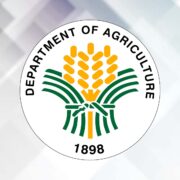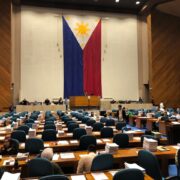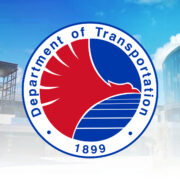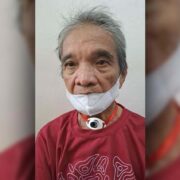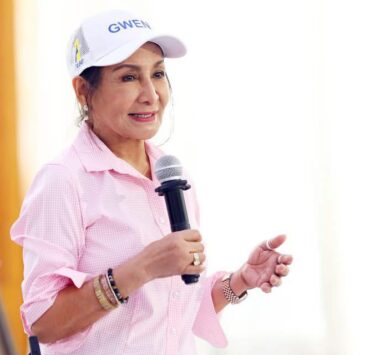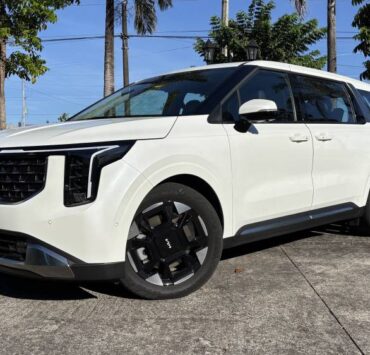PROTECTING THE PROTECTORS

Park attendant Ezekiel Samson Batitia, 21, was fetching water from a creek in a forest in Occidental Mindoro last March 26 when a water buffalo suddenly came charging at him from the tall grasses.
Ezekiel couldn’t react in time, but he immediately knew what it was that attacked him, the animal’s V-shaped horn with its pointed ends about to plant themselves in his torso a dead giveaway. It was a male Tamaraw—a dwarf buffalo found only in Mindoro province.
The Tamaraw, whose scientific name is Bubalus Mindorensis, has been declared critically endangered. The natives here rarely see a Tamaraw, much less get attacked by one.
Despite being gored through his thigh, Ezekiel still managed to run to a nearby ravine and jump down to safety before the Tamaraw could charge again.
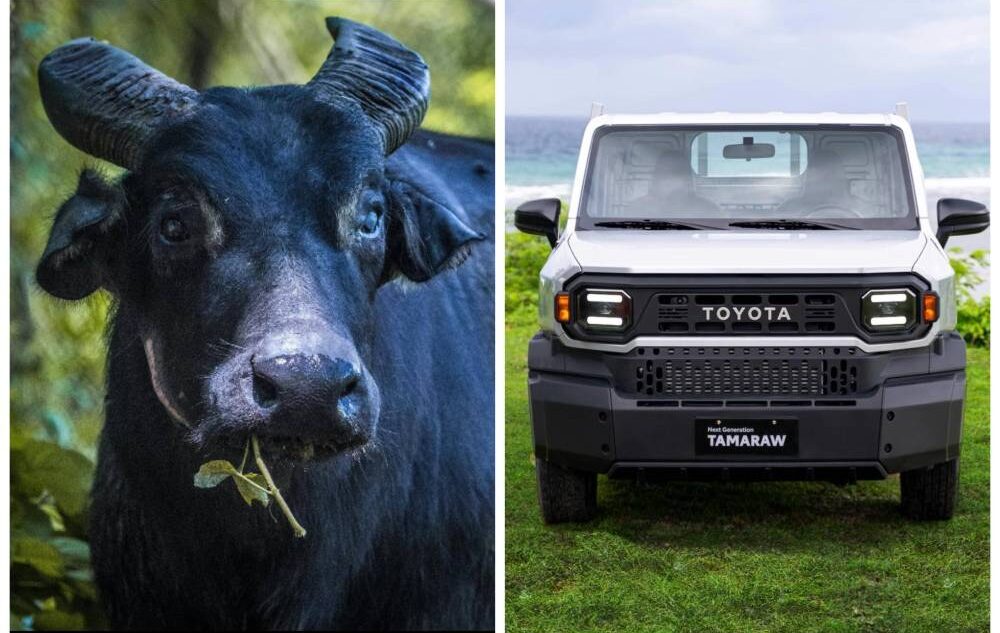
He was eventually found by his fellow Tamaraw Conservation Program (TCP) team members, who hoisted him off the ravine and carried him on foot for about five hours through the forested mountain down to the road, where a van waited to take him to the nearest hospital. Ezekiel suffered deep wounds on his legs and upper torso as a result of the repeated attacks and his plunge down the ravine. He was later discharged from the hospital, and is currently recovering.
Ezekiel bears no grudges against the Tamaraw that attacked him. For him, it literally comes with the territory. He understood the animal’s instincts. He was in its habitat, and it saw him as a threat.
Ezekiel is no ordinary park attendant. He roams deep into Mindoro’s forested mountains to protect and monitor the endangered animal. A member of the indigenous Tau-buid tribe, Ezekiel is assigned at the Mounts Iglit-Bacu Natural Park (MIBNP)-Protected Area Management Office of the Department of Environment and Natural Resources (DENR). During his hospital confinement, DENR Mimaropa Regional Director Felix Mirasol Jr and PENR Officer Ernesto Tanada visited him and extended financial help.
Despite the traumatic experience, Ezekiel vows to return to duty as soon as he can. The animal still needs to be protected, he says.
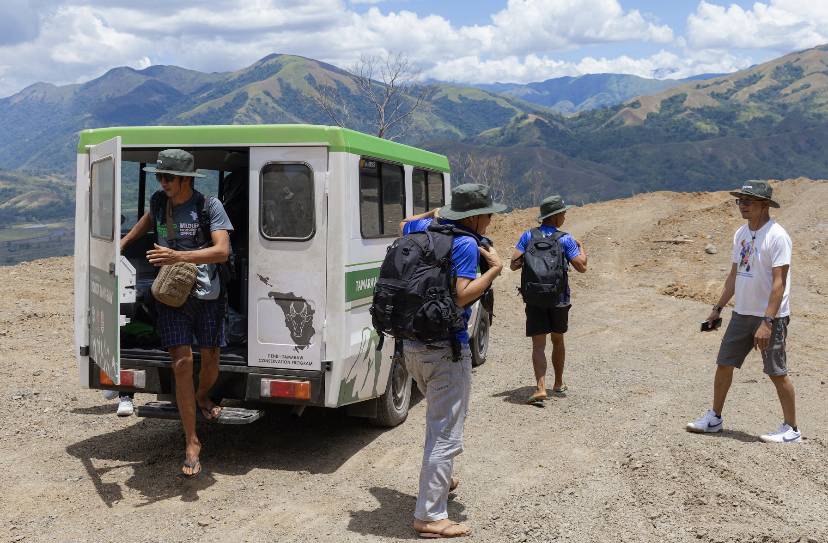
Only up to 610 remain
Tamaraws are considered the largest wild land mammal in the Philippines, yet they are significantly smaller than the domesticated carabaos. Declared as a critically endangered species by the IUCN (International Union for Conservation of Nature) Red List, Tamaraws face threats from hunters, poachers and habitat loss. Zoologist Neil Anthony Del Mundo, DENR-TCP Deputy Coordinator said: “As of May of 2024, the estimated Tamaraw population in the whole of Mindoro is from 574 to 610.”
Ezekiel isn’t alone in this mission. There are 18 registered forest rangers who are under the supervision and management of the DENR-TCP. They patrol known Tamaraw habitat areas, especially in MIBNP, which covers 106,655.52 hectares—the largest and most significant area for the critically endangered animal.
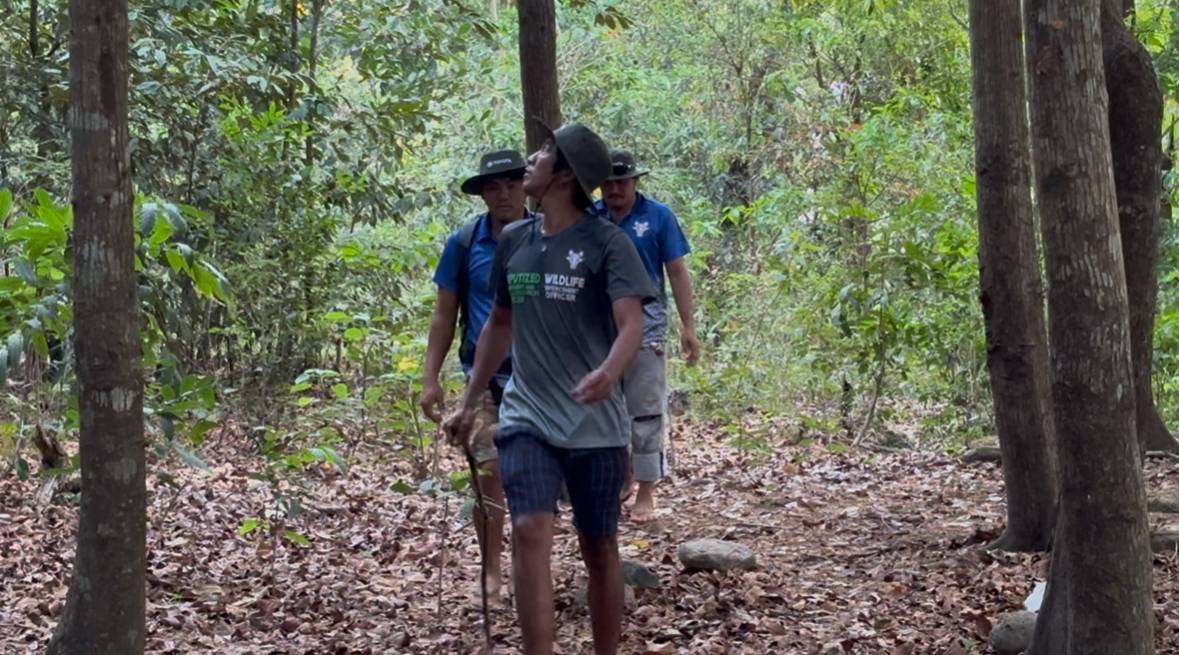
Guardians like Ezekiel protect the forests and the Tamaraw, which has been severely depleted in numbers over the decades. From an estimated 10,000 in the 1900s, it went down to fewer than 100 in the 1960s. The IUCN declared it an endangered species in 1986, and critically endangered in 2000. Those numbers have struggled to go up since then, and agencies and groups that are helping push them up need all the help they can get.
Del Mundo has some happy news. The TCP, previously just a program, is now an office through department administrative order (DAO) 2025-01 signed on Feb 8, 2025.
In a previous interview, Del Mundo said: “The coverage of Tamaraw protection is huge. It is the whole island of Mindoro,” he said.
TCP personnel not only have to monitor a vast swath of Tamaraw habitation, but they also have to follow guidelines when interacting with the wild animals, in order to protect themselves and the animals.
TCP Wildlife Veterinarian Mikko Angelo Reyes, DVM, explained: “We don’t usually treat injured wildlife, especially if it’s a natural injury as a result of fighting among rival bulls, for example. We let natural selection do its job, but in cases of an epidemic or noble diseases, that’s where we intervene. My main function is to monitor the herd health, protection from disease (Bovine disease mapping) and other Tamaraw related studies. We do, however, treat injured Tamaraws ex-situ.”
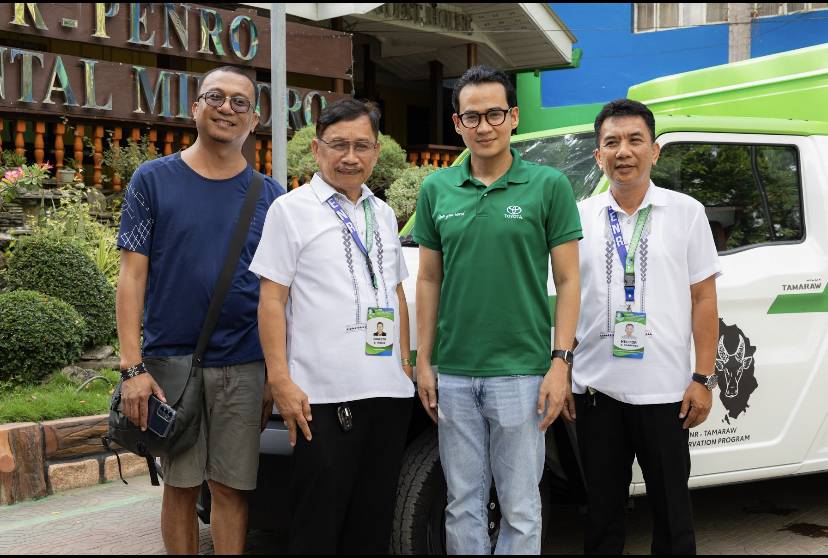
Corporate boost
The mission to protect the critically endangered water buffalo received a much-needed boost from no less than the world’s number one carmaker, the brand in which one of its bestselling utility vehicles is named after, the Toyota Tamaraw.
Del Mundo disclosed, “Toyota approached us and they said that they will be launching the all-new Tamaraw (utility vehicle), and they wanted to be a part of the conservation of the Tamaraws in the wild.”
Toyota Motor Philippines (TMP) and TMP Foundation handed over a brand-new Toyota Tamaraw passenger van, P500,000 worth of protective gear and survival kits for the Bantay Tamaraw rangers, and a P3-million fund for the DENR-TCP. TMP, led by its president Masando Hashimoto, ceremonially turned these over to the DENR Central Office in Quezon City, in the presence of Secretary Maria Antonia Yulo-Loyzaga, on April 7.
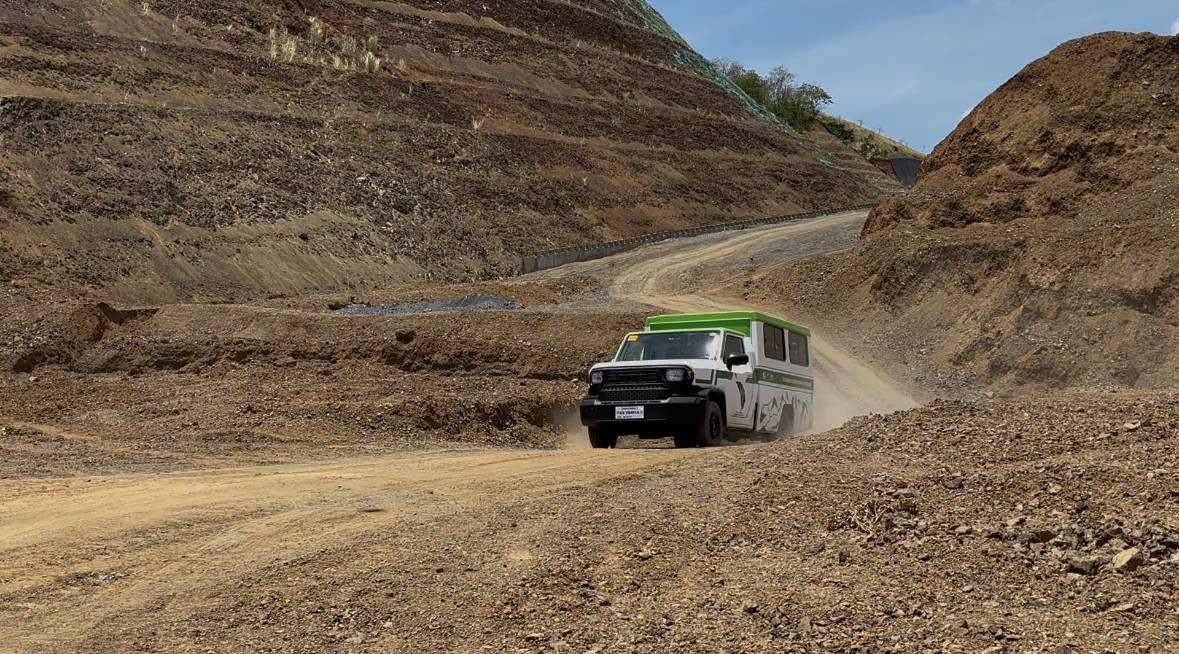
The next day, TMP representatives led by Moon Buendia Umali, PR and sustainability lead for TMP corporate communications, brought the long-wheelbase Tamaraw utility vehicle and the Bantay Tamaraw kits directly to its beneficiaries at MIBNP-DENR in Occidental Mindoro.
Accompanied by Del Mundo, the group from TMP, DENR, and some Bantay Tamaraw rangers also made the rounds to several Bantay Tamaraw stations and jump-off points. The rangers personally received their kits, consisting of camping gear, backpack, raincoat, sleeping bag, waterproof duffel bag, batteries, a head lamp, waterproof trekking pants with belt, and trekking shoes. All of these items were much-needed, and much-appreciated, by their recipients.
The donation activity isn’t a one-off for TMP. Further down the road, TCP will also establish a Tamaraw laboratory and museum, the funding for which will be from the P20-million budget allocated last year by the DENR to the office. TMP has also committed to help build these facilities, as part of the P3-million the automaker’s foundation has allocated for the program.


